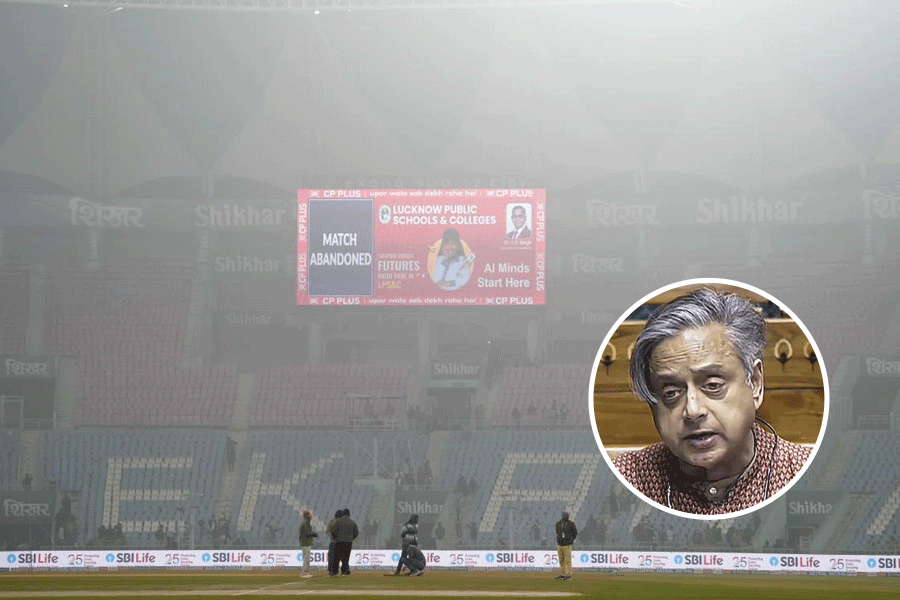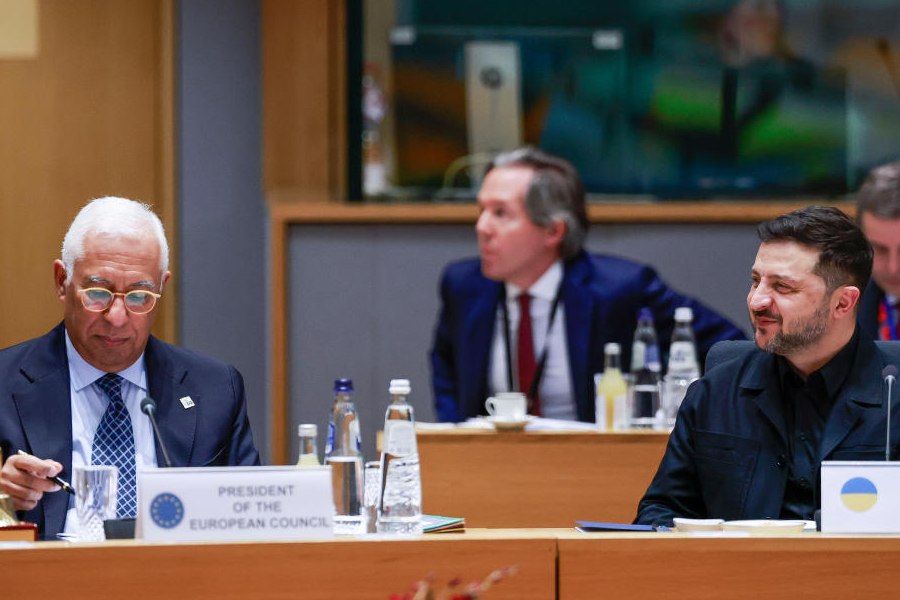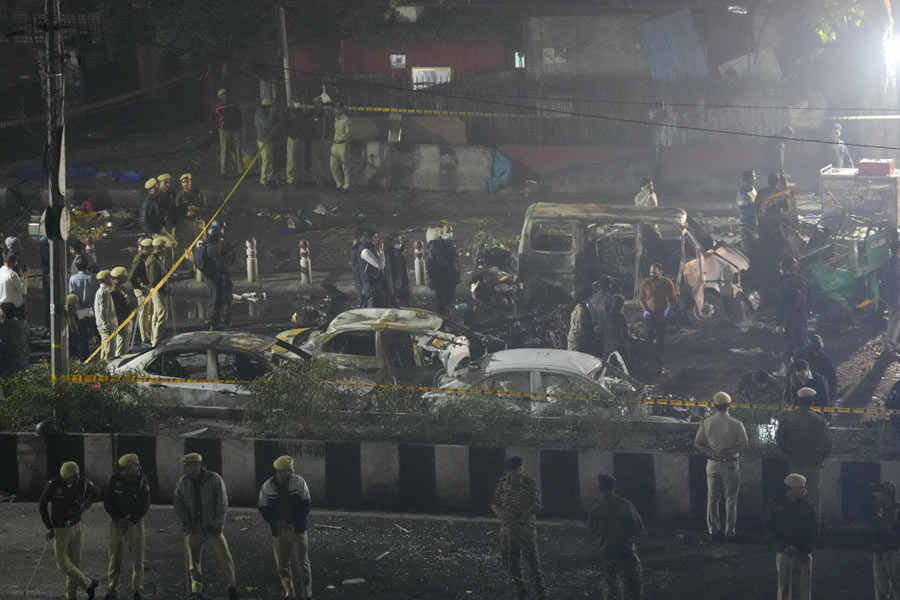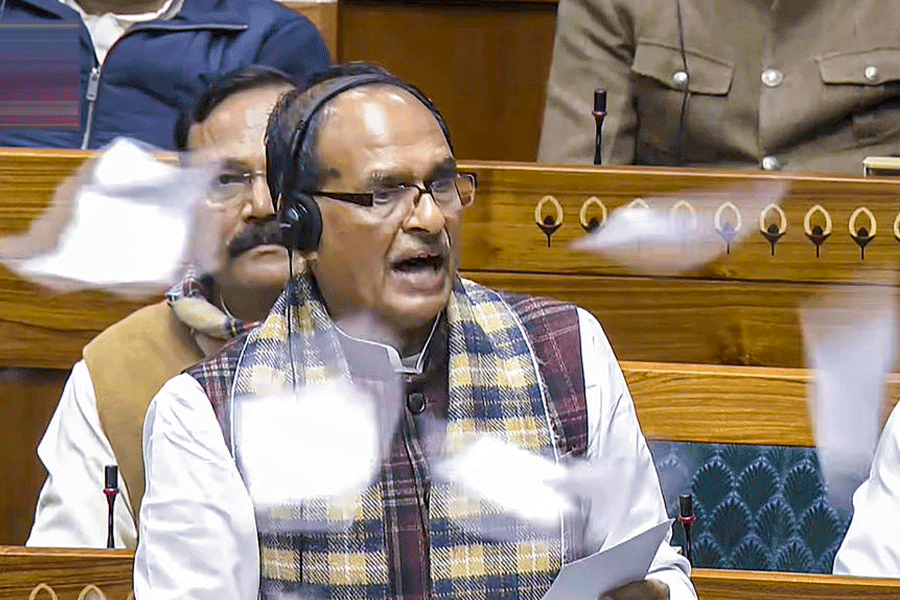The Centre has come up with a plan to enhance energy efficiency and reduce power consumption across India. And the country’s air-conditioners are central to it.
On Tuesday Union power minister Manohar Lal Khattar announced that AC’s sold across the country will not go below the 20°C mark or heat beyond 28°C.
Labelled a "unique experiment" by the minister, the initiative is part of a wider strategy to promote sustainable urban living and address the growing energy needs, particularly during peak summer months. Air conditioners, widely used in both residential and commercial spaces, are among the largest consumers of electricity in the country.
"Regarding air conditioning standards, a new provision is being implemented soon. The temperature standardisation for ACs will be set between 20°C to 28°C, meaning we won't be able to cool below 20°C or warm above 28°C. This is a first-of-its-kind experiment, aiming to standardise temperature settings," said Union Power Minister Khattar.
In the works…
The Bureau of Energy Efficiency (BEE), operating under the Ministry of Power, is drafting the implementation framework for this regulation. Earlier this year, BEE sought public input on energy-saving strategies, including setting default minimum temperatures on AC remotes. The bureau has consistently advocated for maintaining indoor temperatures around 24°C, highlighting global benchmarks and energy savings potential.
Once the rule comes into effect, all newly manufactured AC units will be required to operate within the specified range, replacing current settings that often allow cooling as low as 16°C. This regulation will apply across sectors — from private homes to commercial complexes such as malls, theatres, office buildings, and hotels, where air conditioning is frequently used at maximum levels.
Inspiration abroad
The initiative seems to draw inspiration from international practices, such as Italy’s regulation setting a minimum of 23°C for public buildings in Rome, and Japan’s standardised indoor temperature of 27°C.
According to government estimates, every 1°C rise in the AC setpoint reduces electricity consumption by approximately 6%. If implemented widely, especially across India's 6 crore urban households and over 12 lakh commercial spaces, the regulation could help the country avoid building 4–5 new coal-powered plants and reduce carbon emissions significantly.
Currently, air conditioning accounts for about 50 gigawatts of electricity usage—roughly 20% of the national peak power load. With nearly 100 million ACs already in use and 15 million more being added annually, minor adjustments in user behaviour could yield substantial savings. Pankaj Agarwal, a top official in the power housing and urban affairs ministry, pointed out to Bloomberg that increasing the AC temperature by just 1°C could save as much as 3 gigawatts during peak demand.
A study by the University of California, Berkeley, estimates that these energy conservation efforts could help India reduce up to 60 gigawatts in peak demand by 2035 — translating into a potential savings of Rs 7.5 trillion in avoided infrastructure costs for new power plants and grid systems.
India’s surging summer electricity demand has led to record consumption levels, reaching 250 gigawatts last year. This year’s peak could hit 270 gigawatts, although a relatively cooler May temporarily eased pressure on the grid. However, as heatwaves intensify, the demand has started climbing again, with a recent high of 241 gigawatts recorded on Monday.
Khattar assured that the country is prepared to handle these peaks and that the standardisation of AC temperature settings will help stabilise the power grid and prevent blackouts.
In tandem with these measures, the government is also prioritising renewable energy solutions. Plans are underway to develop battery storage systems with a total capacity of 30 gigawatt-hours. These systems will store excess solar and wind power, further reducing dependency on fossil fuels. The Centre has earmarked Rs 5,400 crore in subsidies to support this initiative, with tenders expected within three months.
With inputs from agencies










